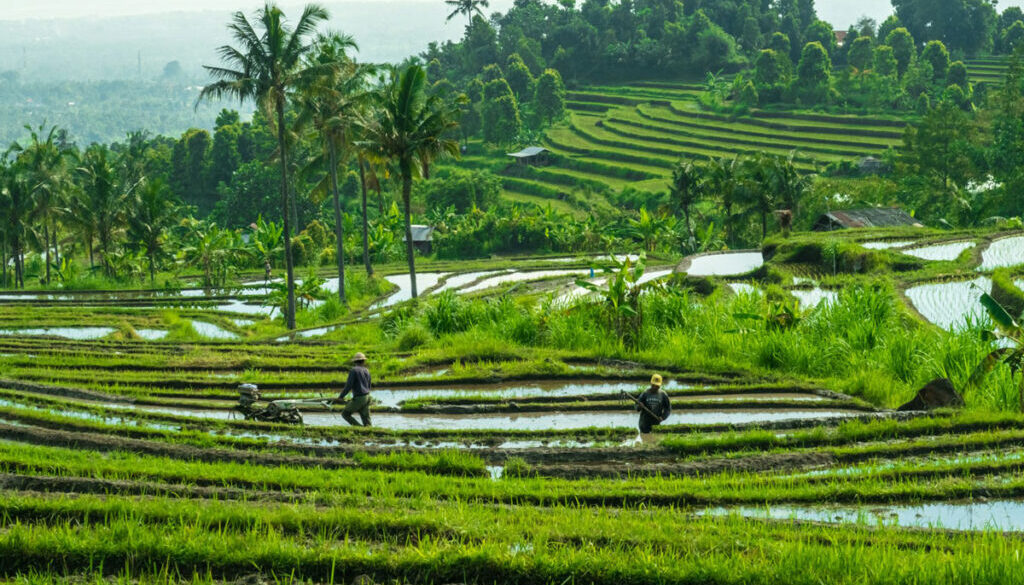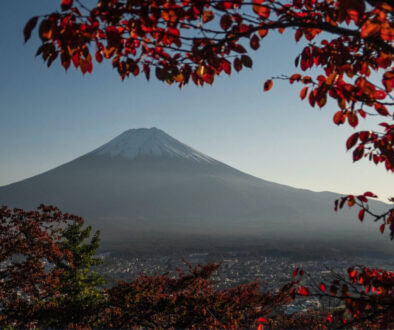Harmony in Green: Unveiling the Timeless Beauty of Bali’s Rice Terraces
Bali, the Island of the Gods, is a destination that beckons travelers with its vibrant culture, stunning landscapes, and a sense of spiritual tranquility. While the beaches and temples often steal the spotlight, the emerald-green rice fields that carpet the island are a hidden gem waiting to be discovered. These lush terraces not only showcase Bali’s agricultural prowess but also provide a serene escape from the hustle and bustle of modern life.
A Symphony of Green
As you venture into the heart of Bali, away from the bustling tourist hotspots, you’ll encounter a mesmerizing sight – the expansive rice fields that stretch as far as the eye can see. The intricate terracing, a traditional Balinese agricultural practice, creates a captivating mosaic of green hues that change with the seasons. The landscape is a living canvas, a testament to the harmonious relationship between the Balinese people and the land they cultivate.
Tegallalang: The Pinnacle of Bali’s Rice Fields
Tegallalang, located in the central part of Bali, is perhaps the most iconic rice terrace destination on the island. Here, the rice fields cascade down the hillsides, forming breathtaking terraces that are a testament to the engineering ingenuity of the Balinese farmers. The sheer beauty of Tegallalang has made it a popular spot for both tourists and photographers, who come to capture the interplay of light and shadow on the undulating landscapes.
Beyond the Lens: Immersing in Bali’s Agricultural Heritage
While Tegallalang is a must-visit, exploring the lesser-known rice fields can be an equally rewarding experience. Take a leisurely stroll through the narrow pathways that wind through the terraces, and you’ll find yourself immersed in the daily life of the Balinese farmers. Watch as they skillfully tend to their crops, their rhythmic movements a dance with nature that has been passed down through generations.
Embracing the Subak System
Central to Bali’s rice cultivation is the Subak system, a traditional irrigation method that dates back over a thousand years. This ancient cooperative water management system reflects the Balinese philosophy of “Tri Hita Karana,” which emphasizes the harmonious relationship between humans, nature, and the divine. The intricate network of canals and subak temples not only sustains the rice fields but also fosters a sense of community among the farmers.
Sunrise and Sunset: Nature’s Spectacle
To truly appreciate the beauty of Bali’s rice fields, plan your visit around sunrise or sunset. As the first light of dawn bathes the terraces in a soft glow or the setting sun casts a warm hue across the landscape, the rice fields transform into a magical spectacle. The tranquility of these moments is a stark contrast to the vibrant energy of Bali’s more popular destinations, providing a serene escape for those seeking a deeper connection with nature.
Preserving Bali’s Agricultural Heritage
While Bali’s rice fields are a picturesque attraction, they also face the challenges of modernization and urbanization. As the island continues to draw more visitors, there is a growing need to balance tourism with sustainable practices to preserve the cultural and environmental integrity of these landscapes. Responsible tourism and support for local farmers are essential to ensure that future generations can continue to marvel at the beauty of Bali’s rice fields.
In conclusion, Bali’s rice fields offer more than just a scenic backdrop for your Instagram feed; they provide a window into the island’s rich cultural heritage and a chance to connect with the natural rhythms of life. So, if you find yourself in Bali, take the time to wander through the emerald-green terraces, breathe in the fresh air, and let the tranquility of the rice fields transport you to a place of peace and harmony.



